Voltage, Current & Loop Calibrators
-
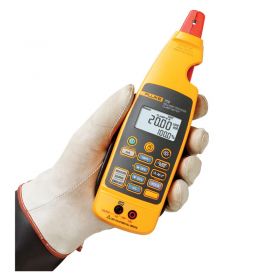
 Free UK DeliveryFluke 772 Milliamp Process Clamp Meter£1,006.80 £839.00
Free UK DeliveryFluke 772 Milliamp Process Clamp Meter£1,006.80 £839.00- Wide range of ampage
- 0.2% accuracy
- Option for linear ramp of 25% steps
839 Reward PointsPrice Match GuaranteeFluke 772 -
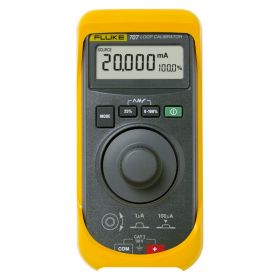
 Free UK DeliveryFluke 707 Loop Calibrator£1,108.80 £924.00
Free UK DeliveryFluke 707 Loop Calibrator£1,108.80 £924.00- Simultaneous mA and % span measurements
- Quick and easy to use
- For calibration, repair and maintenance of current loops
924 Reward PointsPrice Match GuaranteeFluke 707 -
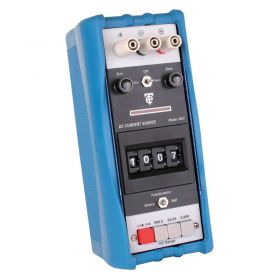
 Free UK DeliveryTime Electronics 1007 DC Millivolt Potentiometer & Calibrator£1,140.00 £950.00
Free UK DeliveryTime Electronics 1007 DC Millivolt Potentiometer & Calibrator£1,140.00 £950.00- 3 ranges: 0 to 1V, 0 to 100mV and 0 to 10mV
- High accuracy
- Microvolt null balance display
950 Reward PointsPrice Match Guarantee1007 -
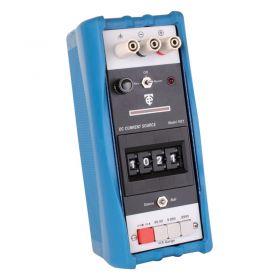
 Free UK DeliveryTime Electronics 1021 DC Current Source£1,140.00 £950.00
Free UK DeliveryTime Electronics 1021 DC Current Source£1,140.00 £950.00- 2.4 watts max output power
- Three separate output ranges
- Useful for lots of different applications
950 Reward PointsPrice Match Guarantee1021 -
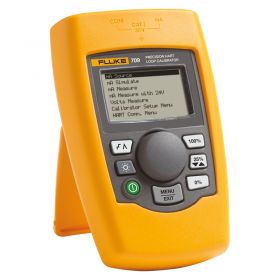
 Free UK DeliveryFluke 709 Precision Loop Calibrator£1,190.40 £992.00
Free UK DeliveryFluke 709 Precision Loop Calibrator£1,190.40 £992.00- Portable handheld unit
- Measure and source voltage or current
- Power loops
992 Reward PointsPrice Match GuaranteeFLUKE709
About Voltage, Current & Loop Calibrators
Also known as current loops, 4-20mA sources are one of the most common methods used in the process industry for transmitting data between sensors and the applications that control and monitor them. The main advantage of a current loop is it can be combined with a huge variety of different sensors to measure temperature, pressure, liquid flow, or light. This data is then compatible with a wide range of different management applications that interoperate with the data and react accordingly.
4-20mA current loops work by taking the results from the sensor and converting it to a proportional current. This means that a zero result causes a 4mA to be transmitted and a 20mA current is sent when the sensor is at full capacity. This information is then sent through copper cables to a receiver at the controller. The controller then decodes the sent signal into the format that is required by the process monitoring application.
The drawback with this method is that over long distances the signal can eventually erode as the voltage begins to wane. An engineer must also be careful when laying these cables to ensure that no electrically noisy systems are located close by, otherwise, they can affect the signal. The main precaution that can be taken is to ensure the use of shielded cabling but this can become too expensive if used over long distances.
To ensure that a current loop is operating effectively engineers often use current calibrators to test the cables and ensure that there are no issues that need resolving no matter what their source.


